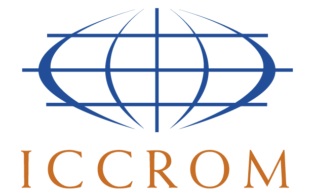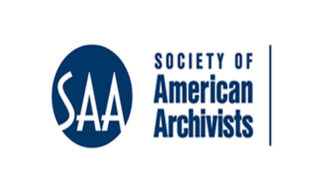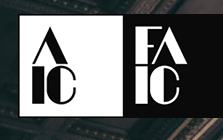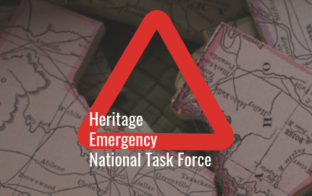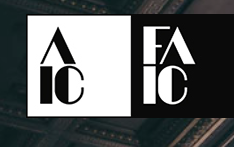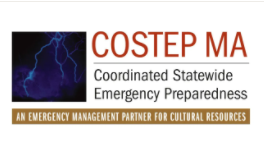“Our natural, cultural, and historic resources include irreplaceable documents, books, photographs, buildings…In the aftermath of a disaster, these resources can help restore a sense of identity and normalcy, provide an economic anchor during the long-term recovery, and sustain and heal distressed communities.” -The COSTEP Starter Kit
Resources are organized by disaster phase.
Readiness: What can you do to prepare before a disaster hits? Find out about preparedness and mitigation actions to ready yourself, your collections, and your institution for whatever may come.
Response: What do you do during a disaster? Follow these guidelines to take action in the midst of an emergency to ensure health and safety.
Recovery: What steps can you take to bounce back after a disaster? These resources can help you navigate the complexities of recovery funding, building restoration, collection salvage, and community healing.

Readiness
Conduct risk assessment
- Identify the hazards
- State of Vermont assesses natural hazards in the State Hazard Mitigation Plan (2023)
- Assess the risks
- Implement appropriate mitigation measures
- Monitor and reassess risks
More information and checklists:
FEMA’s Threat and Hazard Identification and Risk Assessment (THIRA) process
Risk assessment from Ready.gov
Heritage Preservation’s Risk Evaluation and Planning Program (REPP)
ArtsReady and dPlan’s library of emergency planning resources
Create or update emergency plan
- Council of State Archivists’ Pocket Response Plan, “PReP” templates:
- PReP template specific to Vermont public libraries
- PReP template specific to Vermont municipalities
- Vermont-specific simple disaster plan template
- dPlan, online disaster-planning template (requires annual subscription)
- Take the Department of Libraries introductory or intermediate disaster plan training for libraries, presented in conjunction with the Vermont Historical Records Program and VACDaRN
- Work through the Vermont Historical Records Program’s Emergency Preparedness Training Module
Build relationships with local emergency managers
- Working with Emergency Responders: Tips for Cultural Institutions from Heritage Preservation



